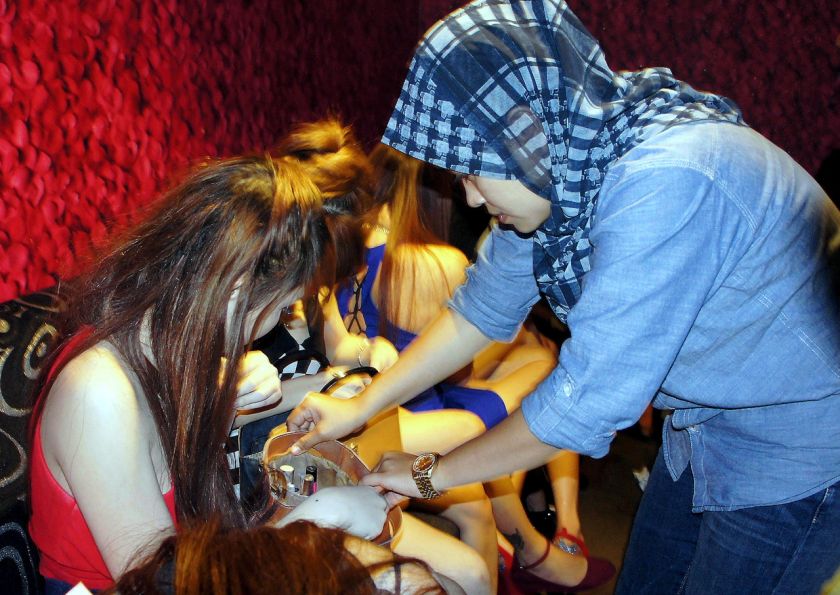ALOR SETAR, April 18 — Women trafficked for sex are the majority of those placed in shelter homes for people-smuggling victims, according to Ajanis Bai who manages such facilities.
Speaking at the Workshop on Reporting on Trafficking in Persons held here last week, Ajanis said the group represented 3,321 of the 4,094 people housed at such homes between 2008 and 2016.
“In that time frame, we had 4,094 individuals who were granted an Interim Protection Order (IPO) by the courts allowing them to stay until the legal cases against the traffickers are concluded,” she said, adding that the women were between 16 and 40 years old.
Anjanis said the remainder were 443 unpaid workers, 138 forced labourers, 174 abuse victims, 83 rescued while being smuggled, 28 in baby selling, six forced beggars and one for organ selling.
“The single case of the organ harvesting was a threat issued to the victim that was not carried out, but it is worrying to note such activities may be happening,” she said.
Ajanis said between Jan 1 and April 11 this year, there were victims from various countries such as Vietnam (129), Thailand (115), Indonesia (51), China (13), Laos (6), Myanmar (3) and one each from Uganda, Cambodia and India.
Malaysia’s track record on human trafficking came under the spotlight in 2014 when the country was downgraded from the Tier Two Watch List to Tier Three in the United States' annual Trafficking In Persons report.
Following changes to the Anti-Trafficking in Persons and Smuggling of Migrants Act 2007, Malaysia regained Tier Two status, in time to participate in the Trans Pacific Partnership Agreement.
The homes function as detention centres where victims are held for their safety while prosecution of suspected traffickers takes place.
Courts grant rescued victims an IPO. Should the victim be a valuable witness in need of protection during legal proceedings, the court will then issue a Protection Order.
Ajanis said of the seven shelter homes in the country for trafficking victims, four were dedicated to women.
“We have seven homes in operation: four for women, one for men and two for children, with a combined capacity of 370,” she said
Ajanis said the homes have become overstretched with 421 people, however, over 50 more than they were meant to hold.
“In our Kuala Lumpur Women’s Shelter Home with a capacity of 70, we have nearly 200 occupants.
“We also face significant challenges in communicating with victims and exposure to infectious or undeclared diseases,” she said, adding that part of the services provided by the homes were medical screenings.



















